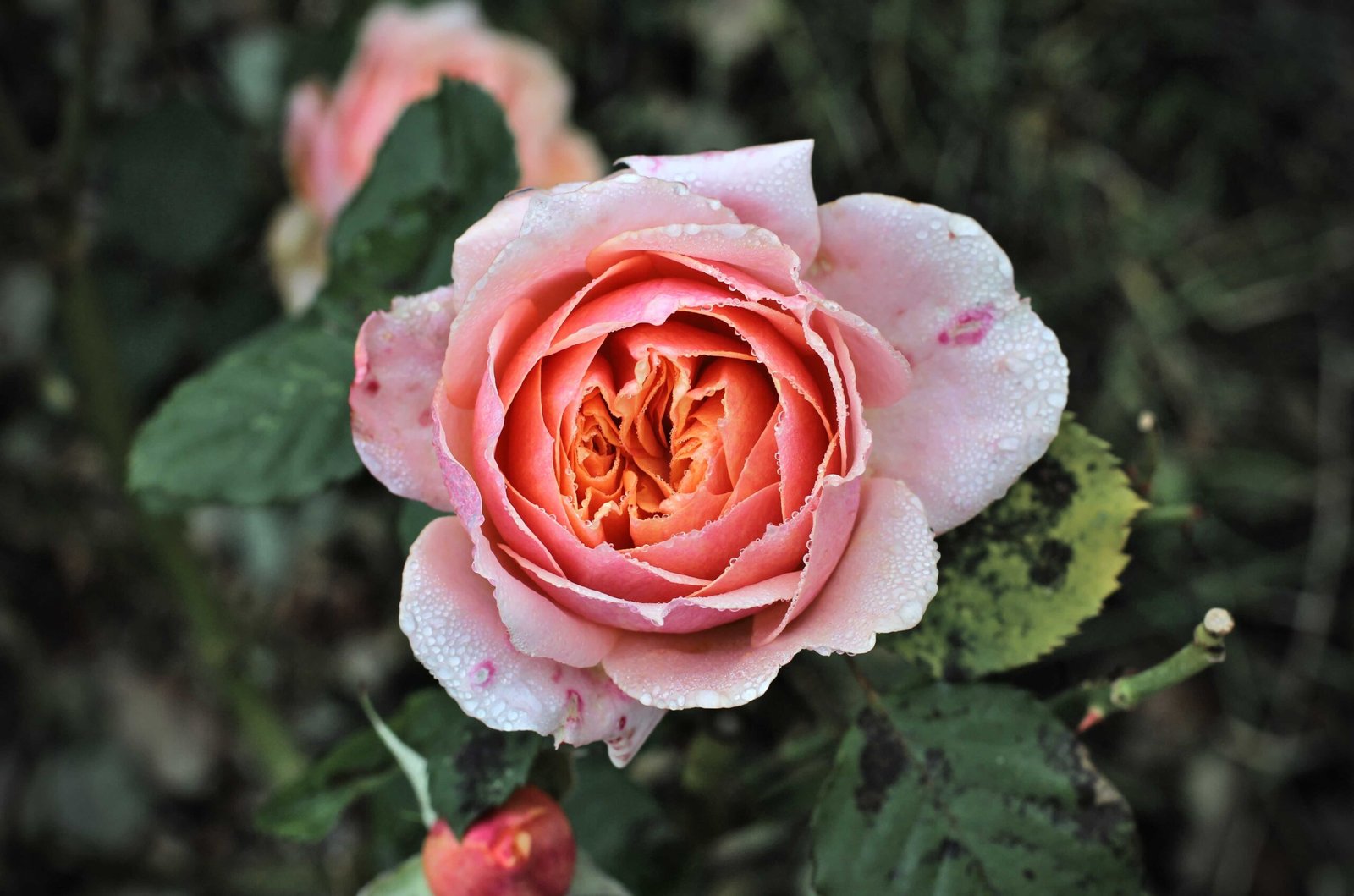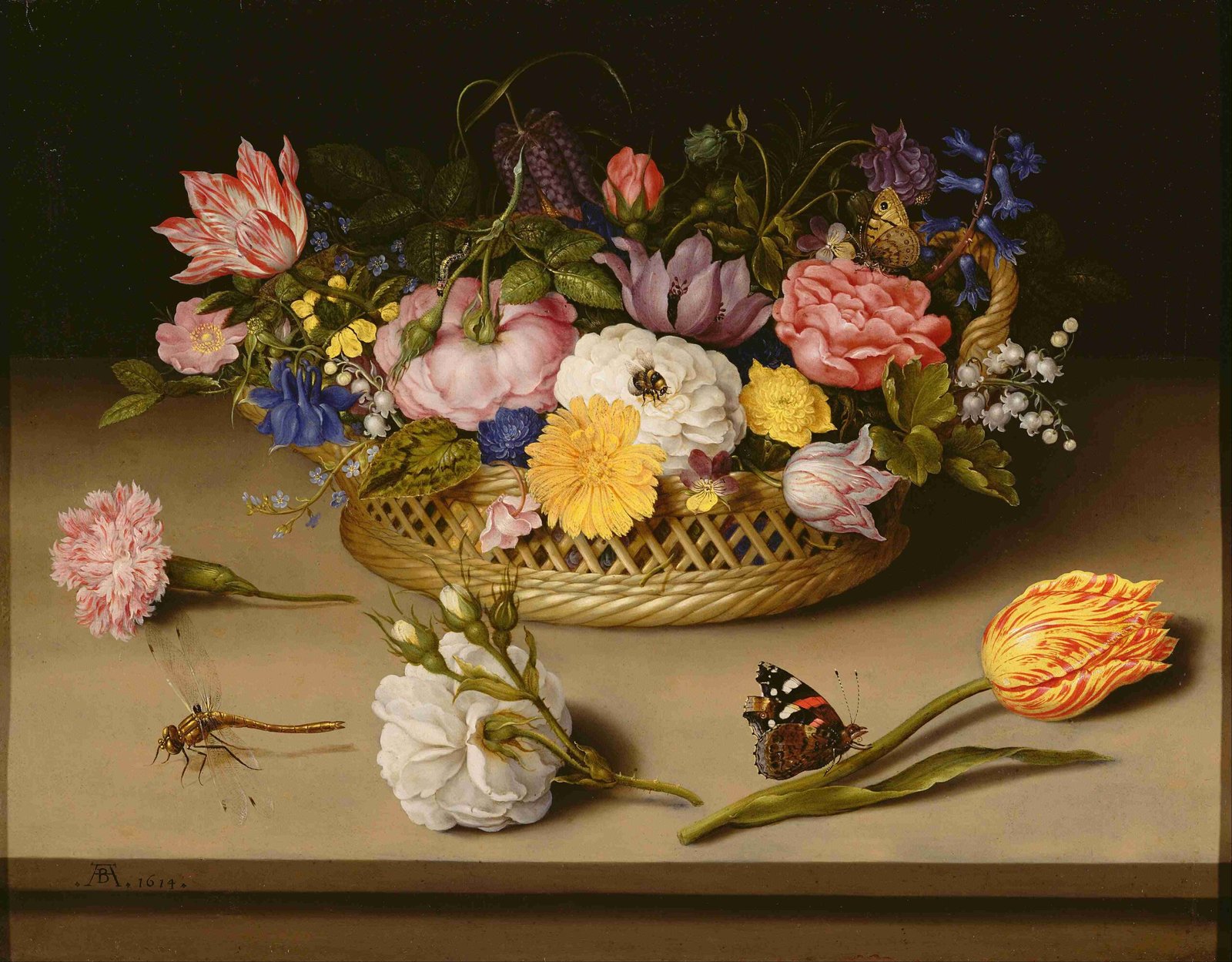Step-by-Step Guide to Drawing a Black and White Rose

What is the Basic Outline of a Rose?
The basic outline of a rose consists of a stem, sepals, and the rose itself. The stem is typically drawn using long, “S” shaped curved lines that meet at a point at the bottom, with smaller twigs extending from the sides. The sepals are sketched using curved lines that meet at points at the tip of the twigs. The rose itself is drawn by outlining the edges of the petals using long, curved lines that overlap to form the shape of the rosebud.
How to Sketch the Rose Petals?
To sketch the rose petals, start by adding curved lines that double back upon themselves to form the individual petals. Use a spiral-shaped line in the center of the flower to guide the placement of the petals. Continue adding more petals around the center, maintaining the spiral pattern. Fully enclose the rose using a long, curved line, and add additional curved lines to detail the petals and create a natural, layered look.
How to Add Leaves and Thorns?
Draw teardrop-shaped leaves of different sizes on the small twigs or attach them to the stem with a curved line. Detail the leaves by drawing a long, curved line down the center to form the central vein, and extend shorter lines on each side. Add small, triangle-shaped thorns to the sides of the stem to complete the drawing.
How to Achieve Shading and Texture?
Start shading from the center of the rose, focusing on the folds and layers of the petals. Use darker shading at the base of the petals and highlights at the tips to create depth and a 3D illusion. Use a blending stick to smooth out the shading and create a smooth texture on the petals.
What Materials and Techniques are Recommended?
For materials, use HB or 2B pencils for detailed work and varying shades of gray, high-quality paper with a smooth finish, a good eraser, and a blending stick. Techniques like cross-hatching, stippling, and hatching can be used to create detailed shading and texture.
What are the Ideal Proportions and Measurements?
The stem should be roughly 2-3 times the height of the rose itself, and the petals should decrease in size as you move towards the center of the rose. The leaves should be teardrop-shaped and vary in size, attached to the stem or twigs in a natural, balanced manner.
Common Challenges and Solutions
To achieve depth, use contrasting shading techniques, such as darker shading at the base of the petals and highlights at the tips. For realistic shading, start from the center of the rose and work your way outwards, using a blending stick to smooth out the shading. Maintain proportions by using a light sketch to outline the basic shape and proportions before adding details.
Reference:

